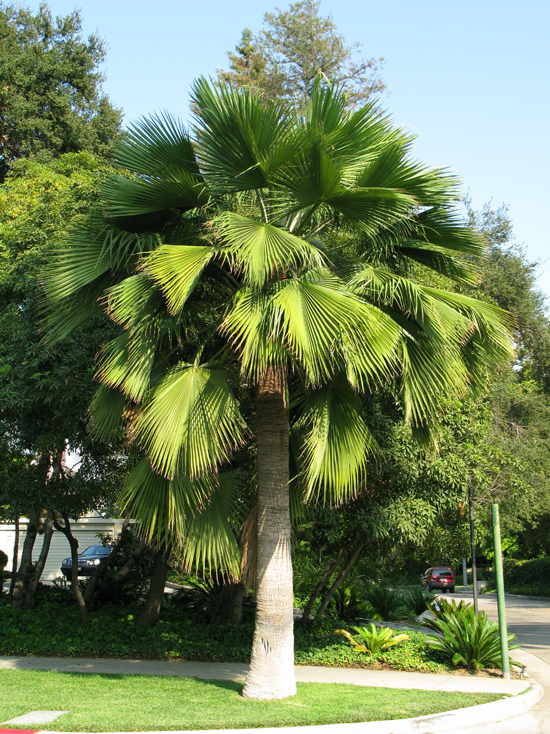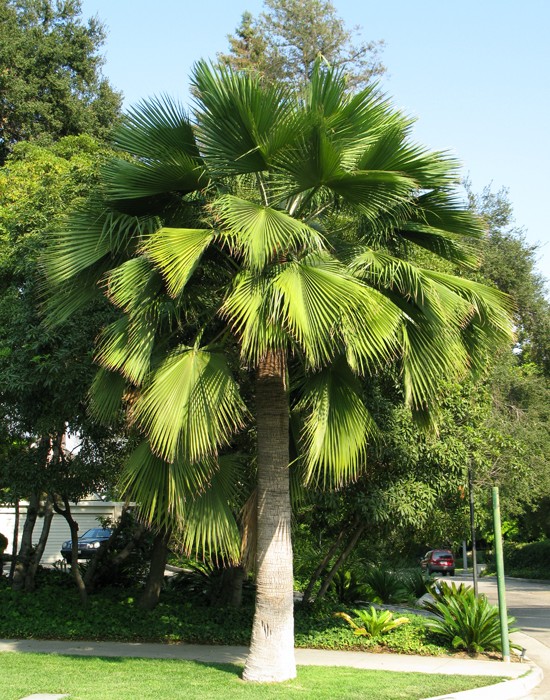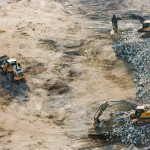How Hydrozoning Can Benefit Your Home Landscaping
If you haven’t heard of hydrozoning before, it’s the process of strategically planning and planting a landscape based on the water needs of each tree, shrub, or type of grass. Basically, this leads to desert plants not being overwatered while other plants get enough water. It means choosing what will go in your yard carefully and selecting planting locations even more carefully.
Keep Watering to a Minimum
Especially during drought, it can be tough to provide enough water for your plants. However, if all of your water hungry plants are grouped together, you only have to worry about watering one section of the yard with any regularity. This may make it possible to reduce water needs to little more than what you can save through collecting rainwater.
It’s also important to know how water runs through your yard. If some parts of the landscape tend to get more water naturally, then you have the perfect spot for planting trees and shrubs that need a little more moisture in the soil.
Using Native and Drought-Tolerant Plants
The rest of your landscape can consist of everything from palm trees to desert grasses and require minimal watering. In fact, unless you are hit with heavy drought, you may not ever have to water these parts of the lawn (at least not after the plants have reached maturity).
Let West Coast Trees Help You Hydrozone Your Landscape
The experts at West Coast Trees can help you to determine which plants to acquire (we sell a wide variety of palm trees and desert plants) as well as help you to decide where to plant each specimen for optimal growth and minimal maintenance. Call 619-518-9507 to get started on your project today.





